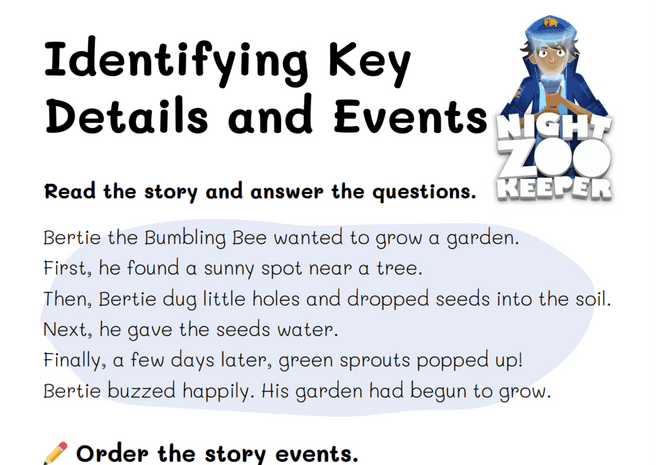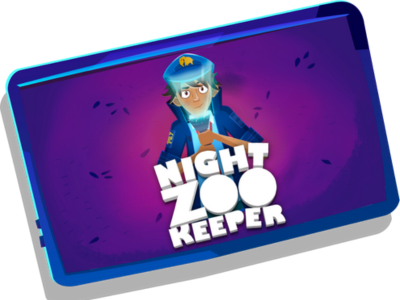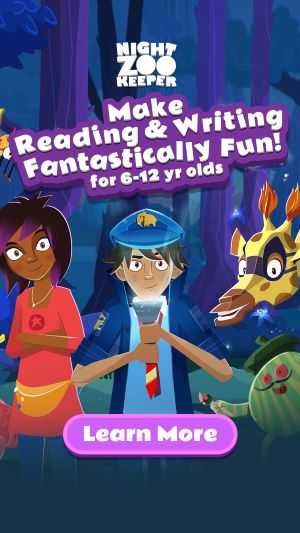Grade 1 Reading Comprehension

Home > Resources & Worksheets > Reading Comprehension > Grade 1
Grade 1 is where kids start building strong foundations in reading comprehension. Children will begin to explore the meaning behind the words they read, helping them become confident readers and thinkers. Reading comprehension skills covered in Grade 1 typically include:
Literal Understanding - Answering questions where the answers are directly stated in the text
Sequencing - Understanding the order of events in a story
Identifying Characters and Settings - Recognizing who is in the story and where it takes place
Recalling Details - Remembering important facts that support the story
One of the first comprehension skills Grade 1 students learn is literal understanding. This skill helps children identify specific facts in a text, recall events in the correct order, and answer questions about what happened. For young readers, mastering literal understanding is an essential step toward confident, independent reading!
How literal understanding is used
Literal understanding is most often in these situations:
Answering who, what, where, and when questions
Retelling events in the correct order
Recognizing key details that help make sense of the story
Literal understanding becomes a natural part of reading once children get into the habit of processing the information they are reading. Let’s look at each case:
- Answering who, what, where, and when questions:
Children learn to find the facts directly stated in the story.
Example: The Lion and the Mouse - “Who helped the lion?” → The mouse
- Squencing events:
Students organize the story’s events in the correct order to understand the flow.
Example: Goldilocks and the Three Bears - First, Goldilocks tried the porridge; then she tried the chairs; finally, she tried the beds.
- Recognizing key details:
Children identify important facts that make the story make sense.
Example: The Very Hungry Caterpillar - “What did the caterpillar eat on Monday?” → One apple
Literal understanding helps children read with confidence and lays the groundwork for more advanced comprehension skills, like making inferences and identifying themes. Without this skill, it’s harder to understand the story or answer questions accurately.
Tips for parents
- Ask direct questions such as “Who is the main character?” or “Where did this take place?”
- Encourage retelling by asking your child to retell the story in their own words, either orally or in writing.
- Use visual aids such as storyboards, drawings, or sequencing cards to help organize events.
- Highlight keywords like first, then, and after to signal the order of events.
- Practice daily - even 5-10 minutes of reading with follow-up questions builds strong comprehension skills.
Grade 1 Reading Comprehension worksheet
You can practice literal understanding with your child by downloading this fun activity pack:

How Night Zookeeper can help

Night Zookeeper uses gamified learning to make reading & writing fantastically fun for children aged 6 to 12!
Our reading & writing program for kids can be used for homeschooling, or as a supplemental learning resource. There are thousands of award-winning activities available, including word games, reading comprehension challenges, interactive lessons, and practice worksheets for your child to fill in and learn.
Sign up today to get a 7-day FREE trial!
More resources
- Grade 2 Reading Comprehension
- Grade 1 Grammar
- Grade 1 Spelling Words
- Grade 1 Writing Activities
- Grade 1 Writing Prompts
- Reading Comprehension (overview)
Related Content


Make Reading & Writing Fantastically Fun!
- Award-winning reading & writing program for kids
- Improves spelling, grammar, punctuation & vocabulary
- Over 1,000 different learning games and activities



